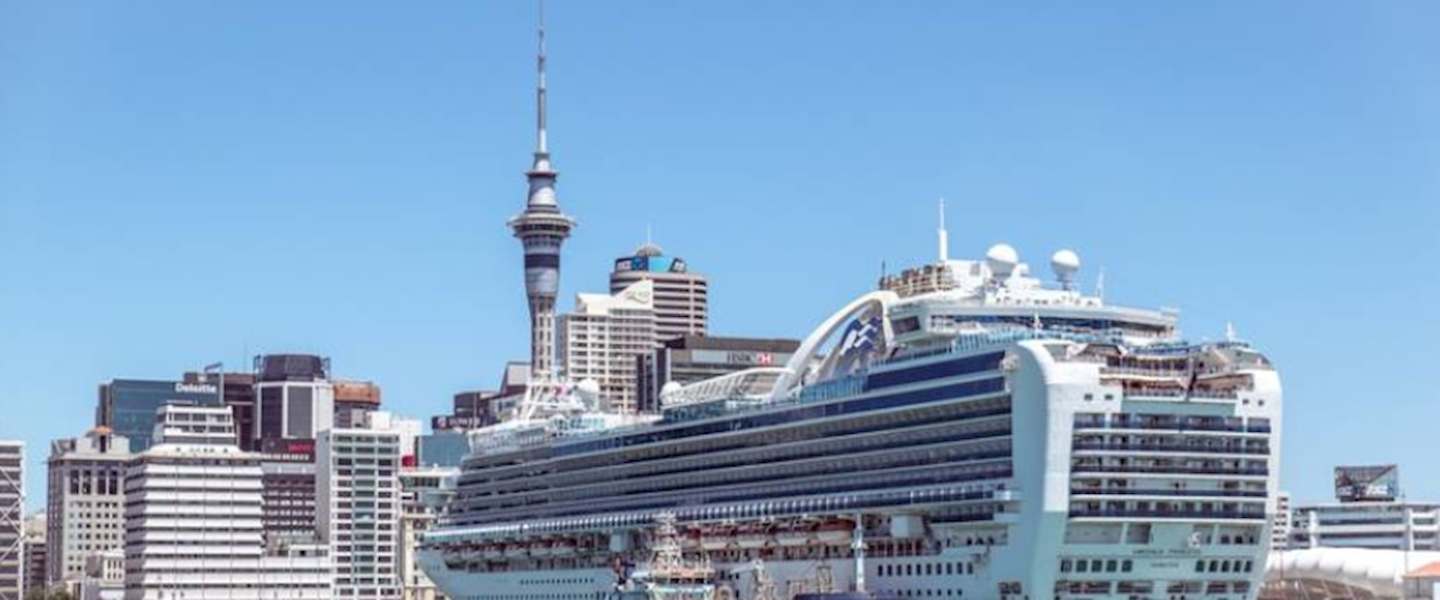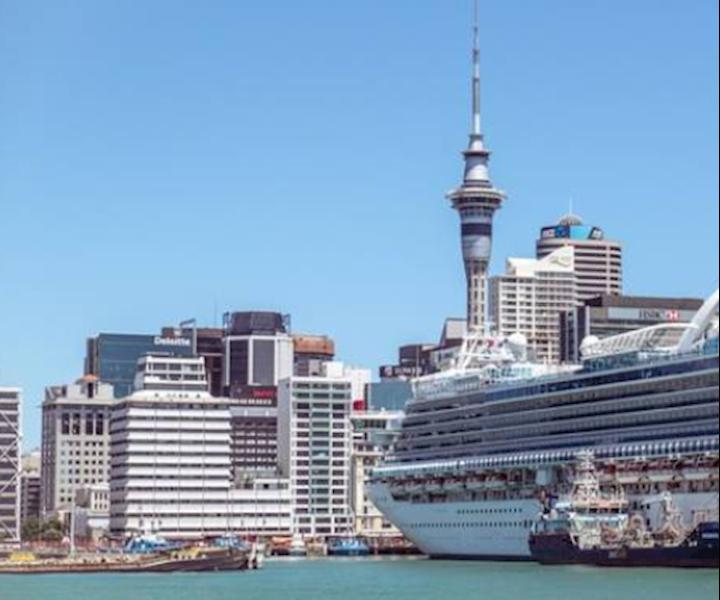Tourism and crime: A strange relationship


As international borders continue to make their slow return to ‘new normality’, FIRST Security’s Brian Switalla writes that statistics and research provide more questions than answers when it comes to tourist-targeted crime.
In my recent post, I shared NZ Police crime statistics that indicate an increased incidence of crime in downtown Auckland compared to recent years. There has also been plenty of commentary in the media observing that antisocial and criminal behaviour has increased in the Auckland CBD since the first COVID lockdown in 2020.
Last April, Stuff reported New Zealand Cruise Association chairwoman Debbie Summers as saying that things had deteriorated in the CBD to the extent that cruise ship guests would have to be warned before entering the city centre and encouraged to be “extra vigilant”.
The existence of such concern around the security of tourists poses the question: does an uptick in crime in Aotearoa’s premier tourism destination city give international travellers looking to visit Tāmaki Makaurau something to worry about?
Predictable victims?
For cruise ship passengers at least, the fact that their arrival is publicly scheduled months in advance, that they arrive literally by the boatload, and then pour out from their ship directly into adjacent CBD streets, is a potential problem. Their concentration in terms of timings and numbers makes them attractive targets to criminals who have been preparing for them in advance.
It’s a phenomenon that brings into play two theories in criminology: ‘routine activities’ and ‘hotspot’ theory. The former is based on the assumption that crimes feed off predictable and visible routines of victims, while the latter is based on the idea that a large proportion of crime is associated with certain types of geographical areas – or hotspots – such as retail precincts.
Cruise passengers don't sneak into town quietly,” writes Elissa Leibowitz in CruiseCritic, “Gigantic ships sailing into port on set schedules unavoidably broadcast their arrival, and the presence of large excursion groups, all sporting matching coloured stickers, is by no means discreet. This inability to tour a destination unnoticed puts cruisers at risk of being targets of crime.”
But are tourists statistically more of a target than anyone else? Are they subject to certain types of crime? Are international and domestic tourists susceptible to crime in the same ways? And what about tourists arriving by ship as opposed to those arriving by air?
The statistical challenge
These are tough questions, and almost impossible to properly answer. Crime statistics generally can’t reliably differentiate between general crimes and crimes specifically targeting tourists.
Crime statistics tell us, for example, that the statistical areas taking in Auckland’s cruise ship terminal at Princes Wharf (Auckland Harbourside) and Auckland International Airport (South Mangere) are crime hotspots compared to, say, a typical residential area. But they are also located in major retail and commercial precincts that are typically areas of high crime concentration, or hotspots.
Added to that, many tourists don’t report victimisations. According to travel security specialist Peter Tarlow (in a chapter in Tourism in Turbulent Times: Towards Safe Experiences for Visitors), most tourists are not immediately aware that they have become victims of crime, may not know where to go and whom to report it to, and are often convinced that they will not regain a stolen item and therefore don’t report it.
A research paper on Auckland’s staging of the America’s Cup between October 1999 and March 2000, however, does shed a little light.
The paper, which appeared in the journal Annals of Tourism Research, investigated the impact of the big boat race on destination crime rates, especially against tourists. It found that there was no significant difference between the victimisation rates of domestic and overseas tourists, but that the rates were affected more by ethnicity and form of accommodation.
The authors identified that the type of crime experienced by international tourists differs from that for domestic ones in that the former are more subject to theft from places such as casinos or campervans, whereas domestic tourists are more likely to experience smaller losses as a result of theft from their car.
Relationships between tourists and crime
The relationship between tourists and crime, however, is not altogether one-sided. “There is an unwelcomed but close relationship between tourism and crime,” writes Rob Mawby in the International Journal of Tourism Policy. “Tourists are particularly at risk of suffering crime… and tourists are often responsible for crime and disorder.”
While a tourist may not necessarily travel to a destination in order to offend, he writes,
they may offend while they are there, “causing annoyance to local people.”
It’s the typical “unruly tourist” scenario, which was made infamous here in New Zealand by the so-called ‘unruly tourist’ family that caused widespread outrage during their rampaging tour of Aotearoa in January 2019. As hosts, we were collectively captivated by their various confrontations and escapades, which saw their banning from Burger Kings nationally and their eventual deportation back to the UK.
In addition to these misbehaving tourists, there is a further category of malevolent traveller: those who travel with the specific purpose of committing crimes.
“These may commute to commit their offences, in much the same way as conventional employees may commute to work, or move into a tourist area for longer time periods, attracted by the richer pickings on offer, writes Mawby. “This may apply to offenders who target mass events like the Americas Cup or, in a more rural context, music festivals, or… pickpockets attracted to tourism hotspots.”
What to make of it all
Despite the significant limitations of crime data and other statistics, there is widespread acceptance by researchers that tourists are relatively susceptible to crime. There appears also to be acceptance that perceived crime levels or personal experiences of victimisation can influence an individual’s decision whether to travel to a particular destination or not.
Although operators of retail and hospitality businesses that cater for tourists can’t necessarily change either the broader economic and social drivers of crime or the factors that make the locality they operate in a ‘hotspot’, they can implement security measures to minimise the probability of tourism-related crime occuring in their premises.
FIRST Security has an extensive track record of helping businesses to protect their staff, visitors, and property. If you’d like to discuss how to keep your people safe, feel free to get in touch with us.

